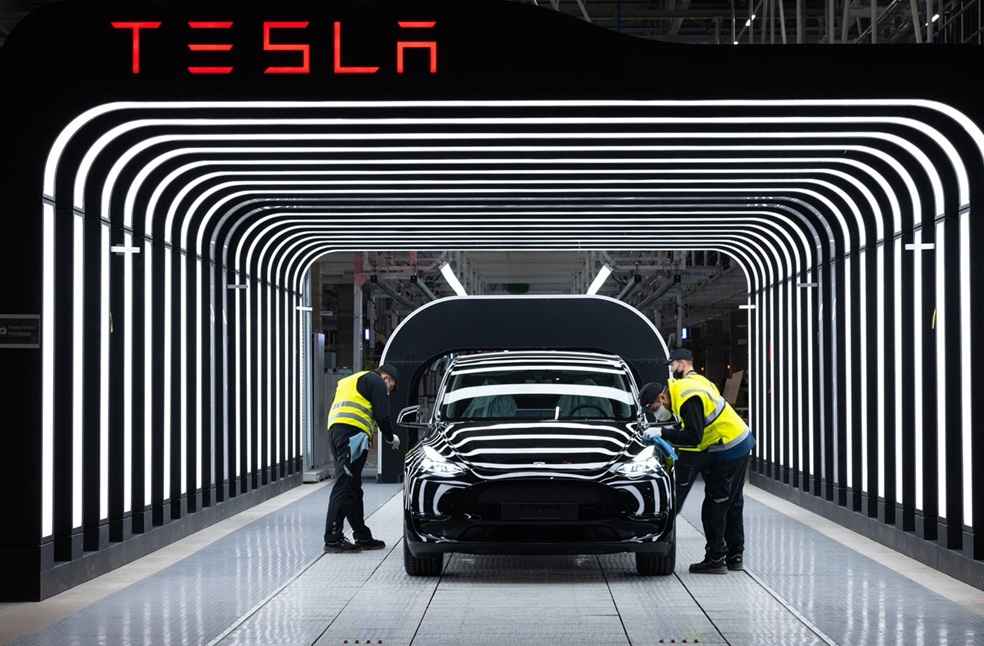Tesla is undertaking one of the most significant supply-chain shifts in its history as it works to remove China-made parts from vehicles produced in the United States.
The move reflects the deepening geopolitical pressure surrounding U.S.–China trade and technology ties, and it challenges a production network that has long relied on China’s scale, logistics, and cost advantages.
According to people familiar with the matter cited by The Wall Street Journal, Tesla began phasing out components sourced from China earlier this year. The company is replacing them with parts manufactured in Mexico, Southeast Asia, and several European countries.

Executives and suppliers involved in the transition said Tesla aims to eliminate parts of Chinese origin from its U.S.-built cars within the next two years. Tesla has not publicly commented on the plan.
The shift gained momentum after the Trump administration imposed steep tariffs on a broad set of Chinese imports. These measures raised procurement costs and forced Tesla to revisit pricing for models built at its Fremont, California, and Austin, Texas, factories.
Tariff volatility, supply-chain risk, and tightened U.S. restrictions on semiconductor exports have all increased pressure on Tesla to insulate its American operations from China-linked materials.
The urgency grew further in recent months when Tesla encountered new disruptions in chip supplies. China temporarily blocked exports from Nexperia, a Dutch semiconductor firm that performs packaging and processing within the country.

Beijing halted shipments after the Dutch government seized the company from its Chinese parent, which is listed on a U.S. trade blacklist. Following a summit between President Trump and senior Chinese officials, China eased some controls and allowed limited exports of Nexperia chips, although the broader dispute remains unresolved.
The bottleneck affected chips used in vehicle lighting systems and control modules. Sources said the episode underscored Tesla’s vulnerability to geopolitical tensions and accelerated efforts to source electronics and critical components outside China.
Tesla’s strategy now represents both an attempt to stabilize its U.S. supply chain and a sign of how global electric vehicle manufacturing may realign as trade and technology frictions deepen.
GENERAL | Kia Postpones U.S. Launch of EV9 GT Amid Slowing Sales





